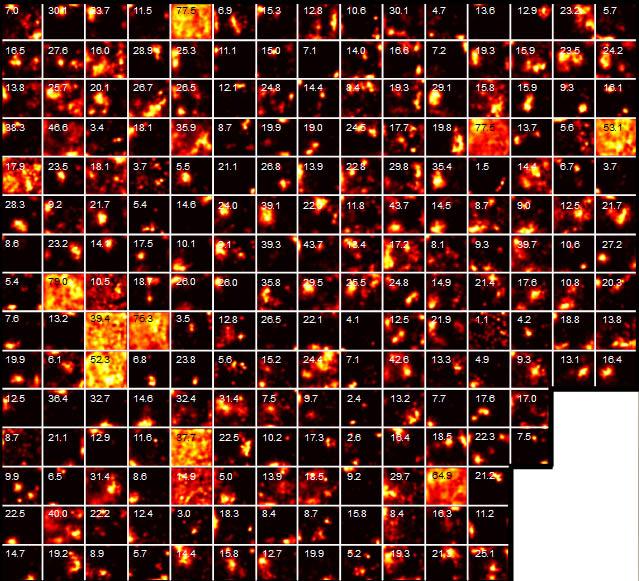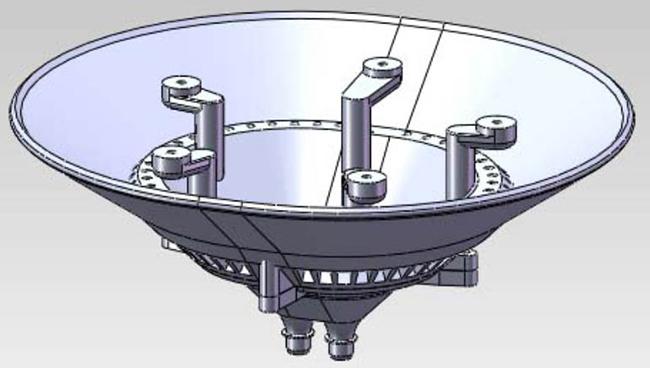
Our lab is interested in three fundamental issues in neuroscience:
- how experience is encoded at the neuronal level
- how such neuronal representations of experience are consolidated into long-term memory
- how neuronal representations of past experience are recalled and used to guide or inform future behaviors
To make these questions more scientifically tractable, we primarily study rodent spatial navigation as a specific example of more general memory formation and use, and utilize large-scale, high-density in vivo electrophysiological recordings to examine the activity patterns of hundreds of neurons simultaneously during free behavior.
The hippocampal formation is a brain region of particular interest in understanding these issues, as it has been shown to be critically important for many types of memory, including episodic and spatial memory. Within the hippocampus, individual excitatory neurons preferentially fire only when the animal is in a spatially restrictive location of an environment; hence, hippocampal neurons are often referred to as 'place cells'. Each place cell represents a unique location of the environment, such that across the entire population of hippocampal neurons, the entirety of any environment can be represented. By recording from a sufficient number of place cells, the physical location of the animal can be identified at any point in time based exclusively upon which hippocampal neurons are active.
During pauses in exploratory behavior, or during post-experience sleep, brief (50-300 ms duration) bursts of neural activity are periodically observed in the hippocampus. These bursts often encode specific sequential information regarding the animal's past or possible future behaviors. Current data and hypotheses alternately link these patterned bursts of activity with the consolidation of past experience into long-term memory or with the recall of previously stored information to inform future behaviors. Therefore, these brief activity patterns, sometimes called 'replay' or 'hippocampal reactivation,' are a primary focus of study in our lab.
Representation of Spatial Information
Utilizing high-density recordings allowing for the simultaneous recording of hundreds of neurons from hippocampal areas CA1 and CA3, we aim to explore how spatial information is represented, consolidated, and retrieved by the hippocampus. By recording from hundreds of neurons simultaneously, both spatial and non-spatial information can be extracted from the spike trains of the recorded neurons, providing access to episodic-like memory formation and recall mechanisms.
Hippocampo-Cortical Communication
With paired recordings from both the hippocampus and various cortical regions, we will examine how information is 'transferred' from the hippocampus to the cortex for long-term storage. With the use of unique behavioral paradigms, we can explore the development and modification of schemas, or mental frameworks, to study categorical learning mechanisms.

Control of Neuromodulatory Input
Using optogenetic manipulation of dopamingergic/cholinergic/serotinergic inputs to the hippocampus during both exploration and post-experience rest, we can begin to research how these neuromodulators influence information representation, memory formation, and memory recall and use.
